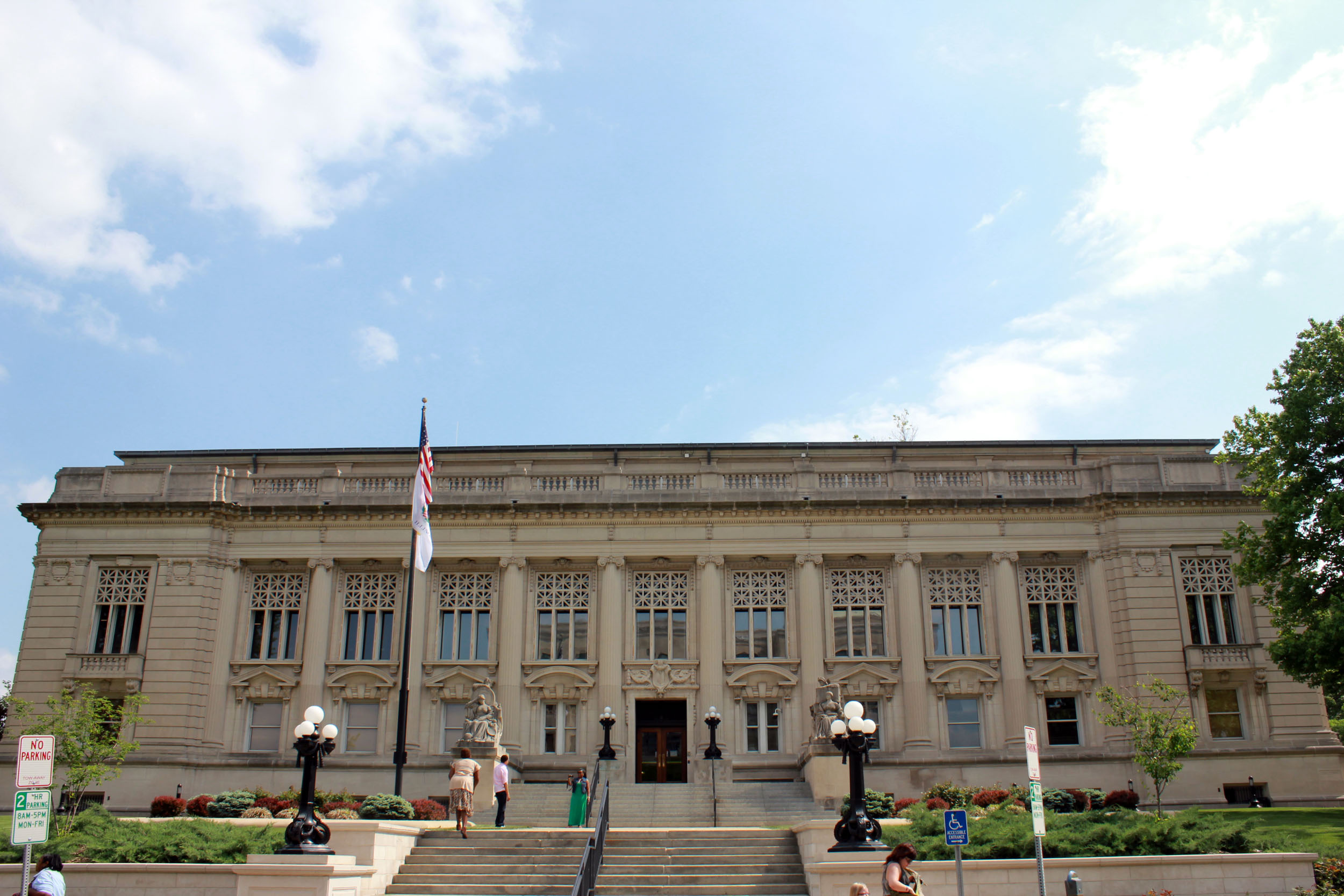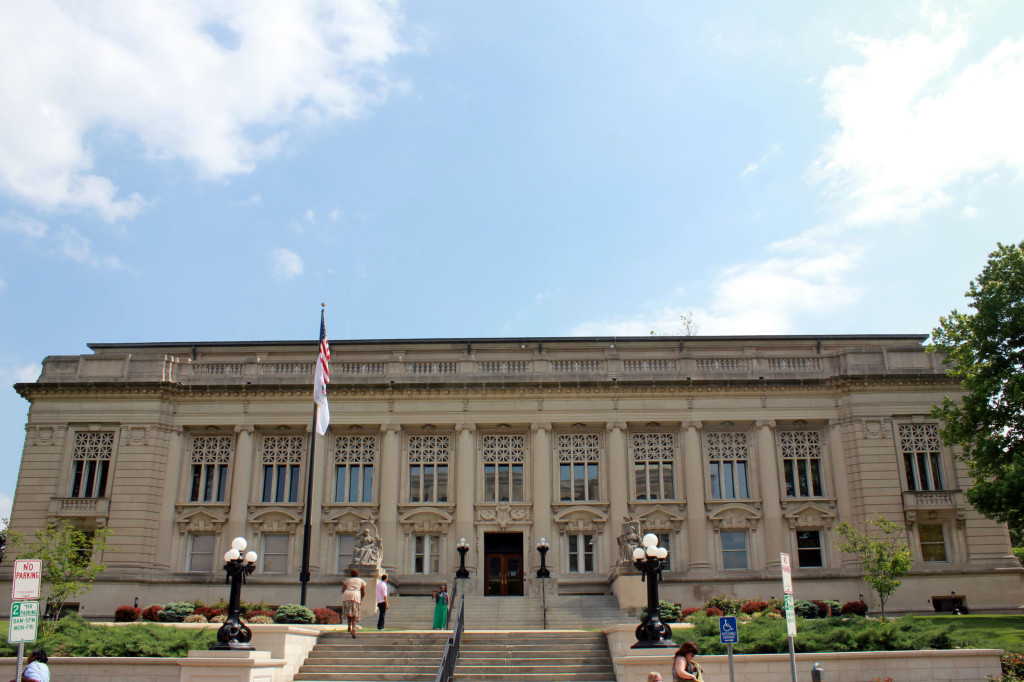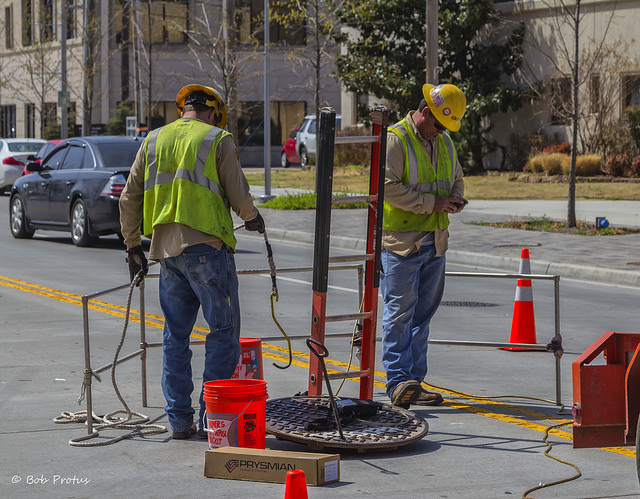Illinois has the worst funded pension system in the United States–40.37 percent funded as of 2013–which is why it’s a significant news item that state lawmakers are trying to establish another state-run retirement system. Interestingly, these efforts have garnered very little media attention. But the idea is edging closer to becoming law, as the bill passed the Senate in April and now waits in the House.
The bill, called SB2758–which you can read in its entirety here–would set up a 401(k)-style plan for all businesses in the private sector who don’t already have a retirement plan. All eligible employees would be automatically enrolled, although there would be an opt-out option. And the program would be run by Illinois Department of Revenue. Reboot Illinois has more:
The proposed program would require employers who employee over 25 workers and who offer no retirement plan to automatically enroll their employees with a 3% payroll deduction. The employees could opt out at any time or change the contribution level. These retirement accounts are totally portable, and the money would never enter the state treasury but would instead be owned by the worker. The assets would be pooled to ensure low fees and secure investments. Simply put, the plan would make it easy for employees to save their own money for retirement without burdening employers or costing taxpayers a penny.
The program would be overseen by a Board chaired by the state Treasurer. The bill lays out a simple concept: automatic enrollment in a retirement savings account that belongs to employees and not politicians and is managed by proven private vendors. To make it a reality, we need a state Treasurer who is committed to transparency, knowledgeable about finance, and relentless in fighting for the financial security of ordinary people.
A 401(k) plan is much safer for the government to administer than a defined-benefit plan. But Illinois has a poor track record when it comes to maintaining a sustainable retirement system, and it’s that angle that has people worried about the state’s ability to run a retirement system. That includes John Giokaris of the Illinois Mirror:
If experience teaches us anything, the entry of Illinois state government into the non-public employee retirement fund marketing and investment oversight business ought to be a non-starter. SB 2758 attempts to construct a government program that largely duplicates IRA services already widely available in the private market for anyone interested in retirement savings. It exposes the state and private employers to a liability risk, despite the bill’s purported protections against lawsuits (this is Illinois, after all). It also opens the door for likely litigation over whether a state can compel participation in a program that Biss and Frerichs are selling as “voluntary.”
The reason for the bill is simple: Illinois’ private sector workers aren’t saving enough money. And they shouldn’t expect Social Security to help them, because it won’t be enough. From Reboot Illinois:
Social Security was never intended to be a sole source of retirement income. Indeed, the average Social Security payout per month is $1,281. Unfortunately, in Illinois, the median amount of money in retirement accounts is $3,000. Together, these two numbers tell us that far too many Illinois residents will likely to live in poverty when their working days are over. They should not have to choose between paying for groceries, utilities or their prescriptions. They deserve better than that: they deserve a safe, easy way to save for retirement.
Ultimately, it’s up to the government to administer this plan in an efficient, cost-effective way that doesn’t put a target on the back of taxpayers’ heads down the line. You can be sure the debate around this plan will intensify if and when it passes the House. Pension360 will keep you updated.



